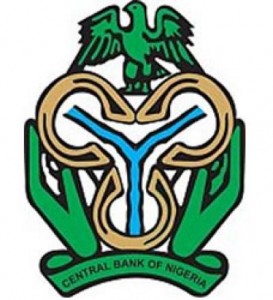Ahead of next week’s meeting of the Central Bank of Nigeria’s (CBN) rate-setting committee (the MPC), inflation numbers have worsened. The national bean counter (the NBS) indicates that, on a year-on-year basis, the consumer price index (CPI) rose by 10.5% in October 2011 from 10.3% the preceding month. September’s number, on the other hand, was the first northward movement in the CPI since May, when the index began to soften.
Given that the CBN has pursued a non-accommodative monetary policy stance in the ten months to end-October, rising prices do not augur well for the near-term policy outlook. Although the initial policy tightening has been celebrated in the extent to which it helped push real interest rates into positive territories for the first time in a long while, the danger is that a policy response to rising prices (next week) that includes further overnight rate hikes, might threaten output growth.
Even then, the jury was never in on the driving forces behind softening prices in the five months to end-September 2011. A good harvest was always a key part of that narrative! And with food and agro-related items an essential part of the CPI basket, the beginning of the harmattan season was always going to see prices rise.
But none of these addresses the more fundamental question: the integrity of the numbers. How come in a rapidly urbanising country (50% of Nigerians currently live in urban settings; and urbanisation proceeds at around 3.5% annually) agriculture (subsistence, and rain-fed) is said to account for 40% of GDP, and 70% of people in work? Anecdotal evidence of course doesn’t support any of the official numbers. Our rural areas, the bulwark of our supposedly productive agricultural sector are peopled by the aged and the very young. The able-bodied youth, having long fled the debilitating want in our villages have taken to riding commercial motorcycles recklessly in our cities!
